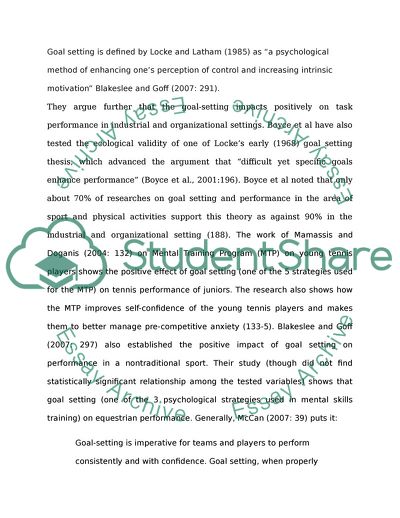Cite this document
(Goal Setting Psychological Strategy Case Study Example | Topics and Well Written Essays - 1750 words, n.d.)
Goal Setting Psychological Strategy Case Study Example | Topics and Well Written Essays - 1750 words. Retrieved from https://studentshare.org/psychology/1713643-research-review
Goal Setting Psychological Strategy Case Study Example | Topics and Well Written Essays - 1750 words. Retrieved from https://studentshare.org/psychology/1713643-research-review
(Goal Setting Psychological Strategy Case Study Example | Topics and Well Written Essays - 1750 Words)
Goal Setting Psychological Strategy Case Study Example | Topics and Well Written Essays - 1750 Words. https://studentshare.org/psychology/1713643-research-review.
Goal Setting Psychological Strategy Case Study Example | Topics and Well Written Essays - 1750 Words. https://studentshare.org/psychology/1713643-research-review.
“Goal Setting Psychological Strategy Case Study Example | Topics and Well Written Essays - 1750 Words”. https://studentshare.org/psychology/1713643-research-review.


